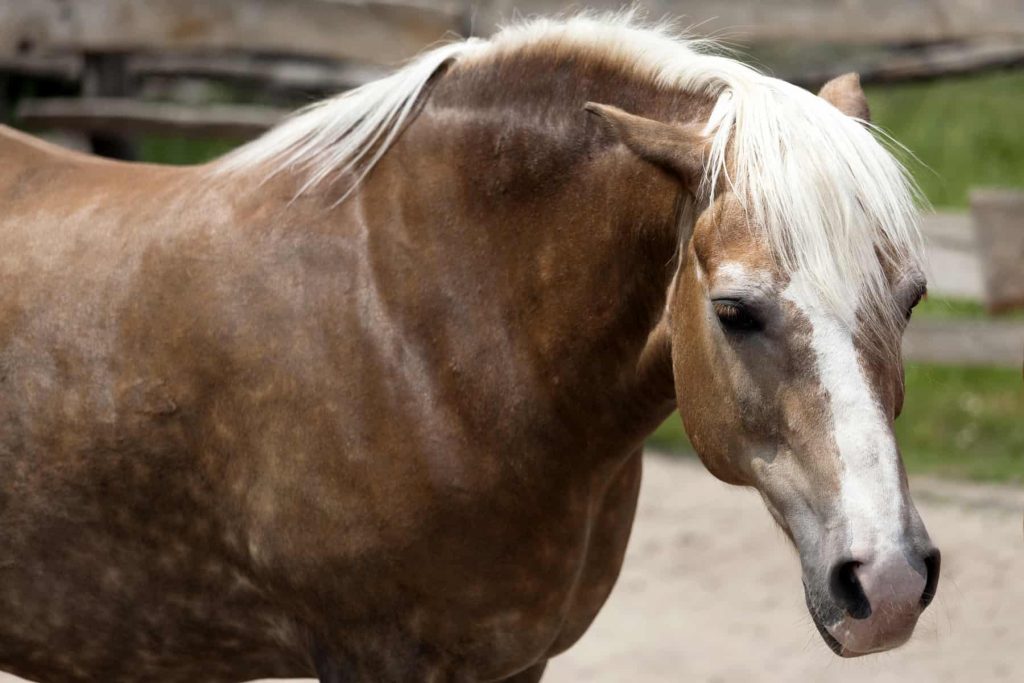
Vaccination Recommendations for PPID and EMS Horses
How should a senior horse with equine Cushing’s disease and equine metabolic syndrome be vaccinated?
Information on pituitary pars intermedia dysfunction (PPID), also known as Cushing’s Disease in horses.

How should a senior horse with equine Cushing’s disease and equine metabolic syndrome be vaccinated?

Does alfalfa cause kidney or respiratory problems or make horses hyper? Specialists shed light on these myths and more.

Establishing a standard glucose testing method worldwide could generate more accurate results, leading to better care and welfare of horses with PPID, or equine Cushing’s disease.

Insulin dysregulation can coincide with high ACTH concentrations in the fall, even when an animal does not have PPID.

Learn about the differences, and a few key similarities, between these two endocrine diseases.

A 13-year study showed this PPID treatment improves horses’ clinical signs and quality of life over prolonged periods.

Researchers compared the test’s results to those of a commonly used laboratory method to determine their association.

Aging mules and donkeys need to be managed just as carefully as horses. Here’s what you need to know.

A veterinarian explains what to pay attention to when treating a horse that has PPID or EMS for joint discomfort.

8 important tasks to check off your list before the colder weather arrives.

Horses with equine Cushing’s disease need regular assessments to determine their response to pergolide and adjust dosing as needed.

Factors to consider when making an equine Cushing’s disease diagnosis, including testing methods, time of year, and more.

Typically, grass has less sugar overnight and in the early morning than during the day.

Researcher: Blood sample timing is key when using TRH stimulation to help diagnose PPID.

Horses with equine Cushing’s might benefit from blue light therapy to help them grow lighter, more comfortable winter coats.

Watch for early, subtle signs of pituitary pars intermedia dysfunction (PPID, formerly equine Cushing’s), and pursue bloodwork to see if intervention is needed. Sponsored by Boehringer Ingelheim.
Stay on top of the most recent Horse Health news with
"*" indicates required fields